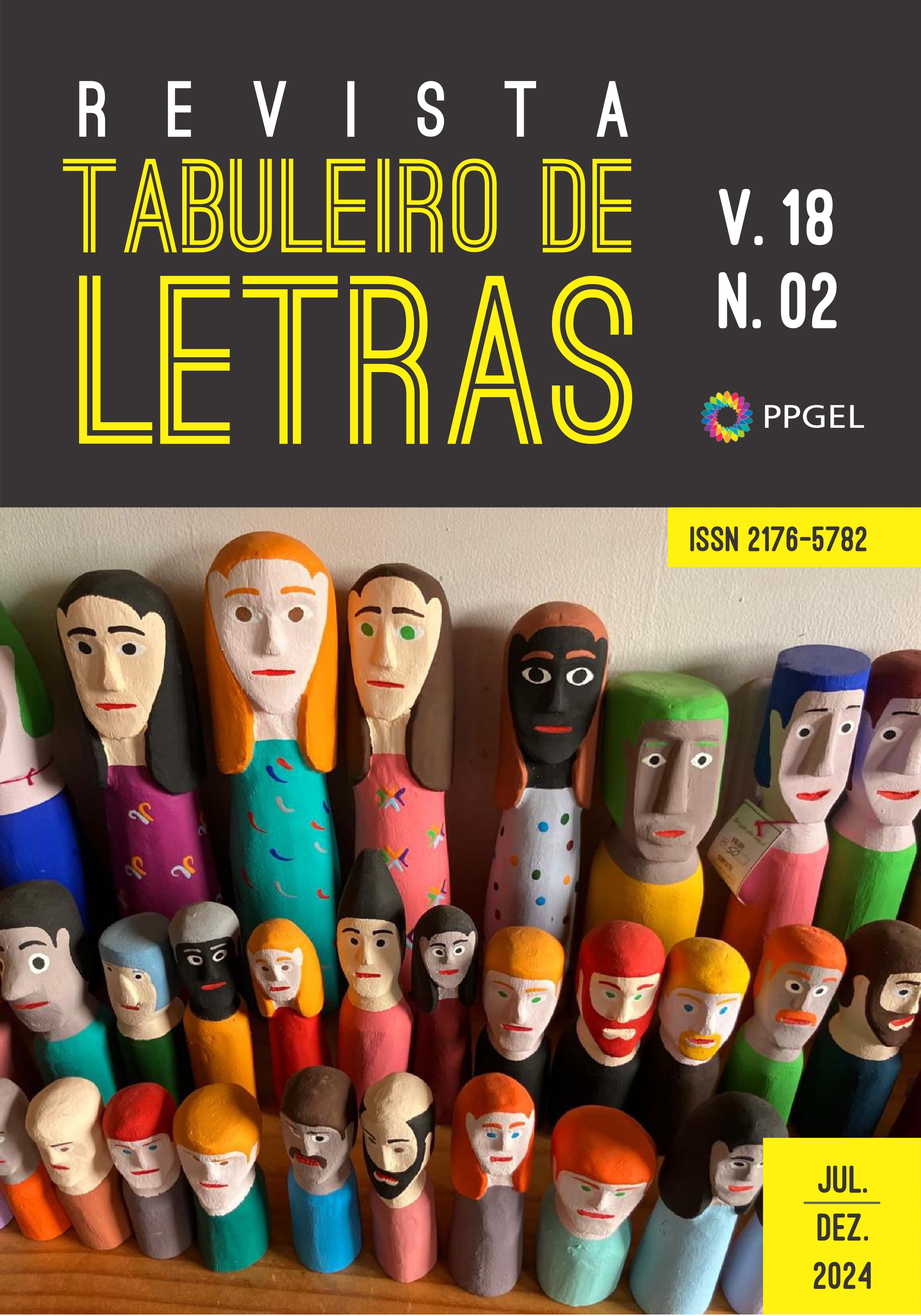A produção artística e o fim da individualidade no ciberespaço
DOI:
https://doi.org/10.35499/tl.v18i2.21909Abstract
This article seeks to identify changes in the criation and dissemination of artistic creation with technological advances in the field of information technology, especially with the emergence of text, image and sound editing tools through Artificial Intelligence. As a methodology, a bibliographical research was used in books and scientific articles with authors related to this theme to analyze the positive points for the universe of art, such as facilitating access to works and the dissemination of works, as well as the negative points , such as the discussion about the very concept of art as an expression of human subjectivity, in addition to originality, considering the collaborative role of cyberspace, this is because digital genres modify our iteration practices both with the work and with the artist who created it. If it is still possible to talk about it, it is an author.
Downloads
References
ARANTES, Priscila. @rte e mídia: perspectiva a estética digital. São Paulo: ed. Senac São Paulo, 2005.
BARBOSA, Pedro. A renovação do experimentalismo literário na literatura gerada por computador. Revista da UFP, v.2(1), p181-188, maio/1998.
BAUDRILLARD, Jean. Simulacros e Simulação, trad. Maria João da Costa Pereira. Lisboa: ed. Relógio D’Água, 1991.
BENJAMIN, Walter. Magia e técnica, arte e política. 7. ed. São Paulo: Brasiliense, 1994.
COCCO, G.; GALVÃO, A.P.; SILVA, G. (Org.). Capitalismo cognitivo: trabalho, redes e inovação. Rio de Janeiro: DP&A, 2003.
FOUCAULT, Michel. O que é um autor? In: FOUCAULT, Michel. Ditos e escritos: estética, literatura e pintura, música e cinema. Rio de Janeiro: Forense Universitária, 2001
GUIMARÃES, Felipe; equipe Aela. Inteligência Artificial: Como a IA Está Mudando a Arte. Aela, 2023. Disponível em: <https://www.aela.io/pt-br/blog/conteudos/inteligencia-artificial-como-a-ia-esta-mudando-a-arte>. Acesso em: 15, ago de 2024.
KLEINA, Olívia. É possível chegarmos à singularidade com a inteligência artificial?. PósPUCPRDigital, 2023. Disponível em <https://posdigital.pucpr.br/blog/singularidade-inteligencia-artificial>. Acesso em 11, set de 2024.
MACHADO, Arlindo. Pré-cinemas & pós-cinemas. Campinas: Papirus, 1997.
SANCHES, Pedro Alexandre. Bravo!. São Paulo: Editora D'Avila e da Editora Abril, 2010.
SILVEIRA, Tamires Batista. Inteligência Artificial e Arte. Espaço do conhecimento, 2024. Disponível em < https://www.ufmg.br/espacodoconhecimento/inteligencia-artificial-e-arte>. Acesso 10, set de 2024.
XAVIER, Carlos Antônio. Leitura, texto e hipertexto. In: MARCUSCHI, Luiz Antônio; XAVIER, Antonio Carlos (Org.). Hipertexto e gêneros digitais: novas formas de construção de sentido. 2. Ed. Rio de Janeiro: Lucerna, 2005.
Downloads
Published
How to Cite
Issue
Section
License
Autor(es) conservam os direitos de autor e concedem à Revista o direito de primeira publicação, com o trabalho simultaneamente licenciado sob a Licença Creative Commons Attribution que permite a partilha do trabalho com reconhecimento da autoria e publicação inicial nesta Revista.

















